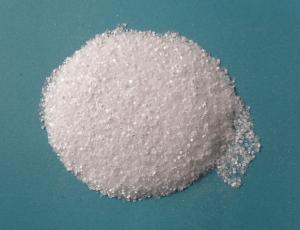Ester Gum Side Effects
Ester gum, is also known as Glycerol ester of wood rosin, is an oil-soluble food additive (E number E445). The food-grade material is used in foods, beverages, and cosmetics to keep oils in suspension in water. It is also used as an ingredient in the production of chewing-gum and ice cream. Though it’s considered safe, some are convinced it has potentially dangerous health effects.
What Is Ester gum?
Ester Gum (Glycerol Esters of Wood Rosin) is a food additive that is used as an emulsifier and stabilizer, to keep oils in suspension in water. This product appears as a yellow to amber hard rosin. It serves as a natural alternative to brominated vegetable oil, particularly in citrus-flavored soft drinks.
Possible Side Effects of Ester gum
Although Ester gum generally regarded as a very safe and effective supplement, there can be some minor side effects. The side effects may:
- Ester Gum allergy.
GRAS Affirmation: Yes
Generally recognized as safe (GRAS) is an American Food and Drug Administration (FDA) designation that a chemical or substance added to food is considered safe by experts, and so is exempted from the usual Federal Food, Drug, and Cosmetic Act (FFDCA) food additive tolerance requirements. Ester gum is considered safe.
Suggested Dosage
NA.
Special Populations Precaution
There is a lot of concern about diet and nutrition for these population, like Newborns, children, pregnant, sensitive to Ester gum populations. Better consult to your doctor if you would like to intake Ester gum.
Related Research
1. Allergic lipstick cheilitis due to ester gum and ricinoleic acid. [Contact Dermatitis. 1998 Jul] Author: Inoue A, Shoji A, Aso S.
2. Genotoxicity studies of the food additive ester gum. [Food Chem Toxicol. 1992 Jul] Author: Mukherjee A, Agarwal K, Chakrabarti J.


